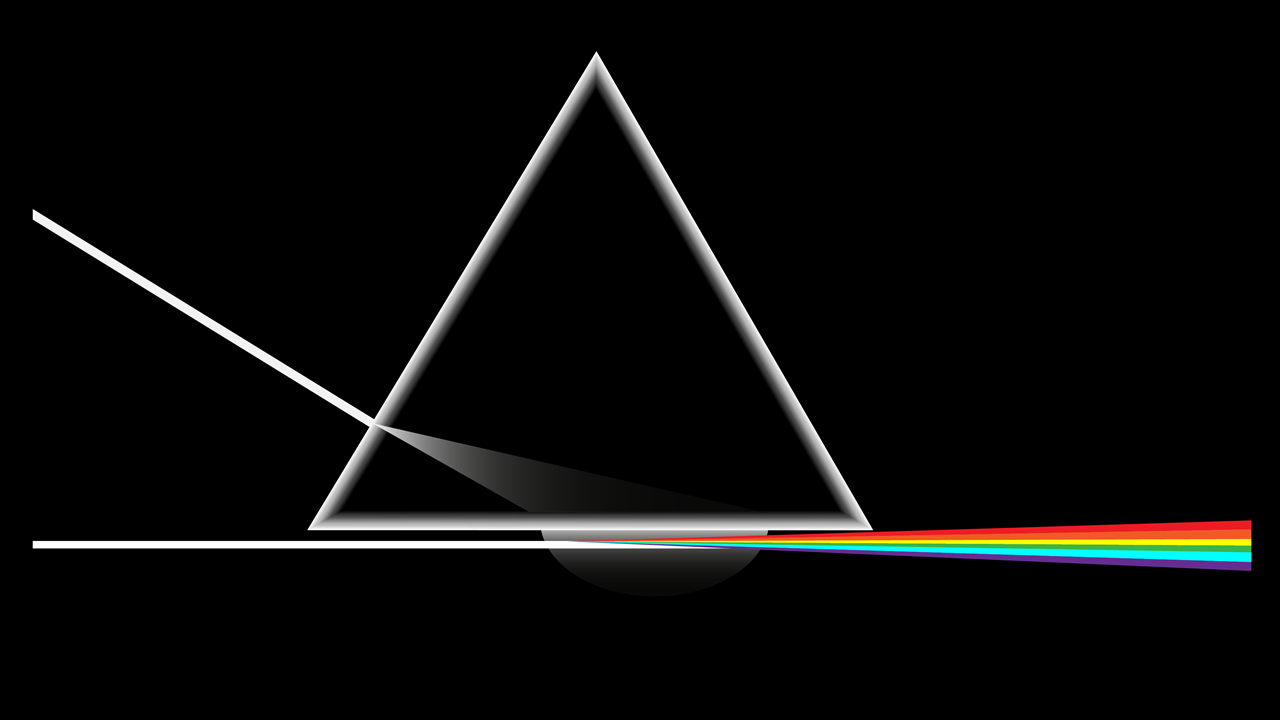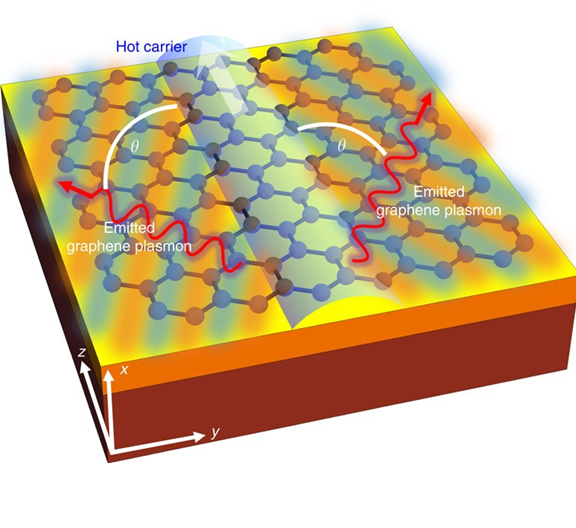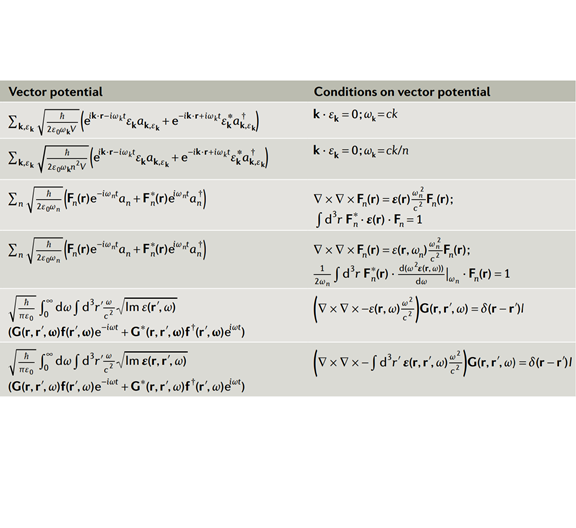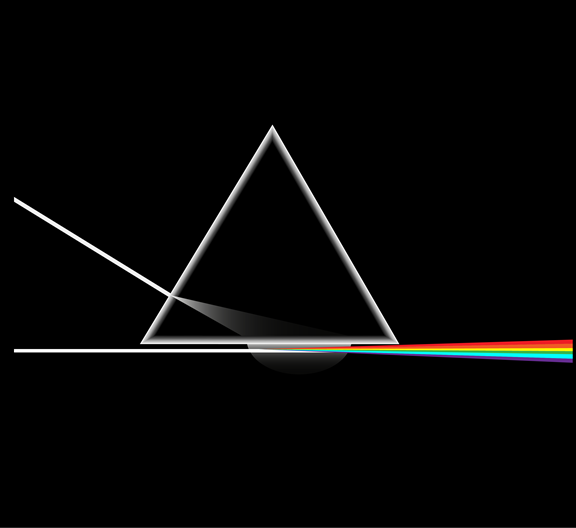Welcome to the AdQuanta Group
Publication Highlights

Coherently amplified ultrafast imaging in a free-electron interferometer
Nature Photonics(2024)

Light emission from strongly driven many-body systems
Nature Physics(2023)

Spatial modulation of free electrons
Nature Materials(2023)

Nonlocal Ultra-strong Coupling; Nature Physics (2020)
Photonic Quasiparticles; Nature Reviews Physics (2020)
Research Topics
The Ramanujan Machine
The Ramanujan Machine is a novel way to do mathematics, by harnessing computer power to make new discoveries. In this project we combine AI-driven algorithms and beautiful mathematics to find and prove conjectures regarding fundamental constants.
X-ray science
Current technology allows us to generate and detect electromagnetic signals in many regions of the electromagnetic spectrum. Out of each region, entire industries have emerged, from radio and cellular communications through the optical fiber backbone of the internet and to medical imaging. However, the generation of tunable X-Ray has long been a major challenge, considered a holy grail of physics and electrical engineering. We aim to tackle this age-old problem using novel and exciting science.
Light-matter interactions with 2D polaritons
2D materials have emerged as a promising field of research for various applications in physics, engineering, and material science. We investigate their surprising light-matter interactions in order to discover new phenomena and exciting applications using those interesting materials.
Macroscopic quantum electrodynamics (MQED)
Gradually developed over decades luminaries such as Ginzburg, Purcell, Casimir and Glauber and brought together by Scheel and Buhmann more than a decade ago, MQED presents a way to generalize the standard quantum mechanical description of light to allow the presence of generally complicated and even absorbing optical environment. The formalism allows us to calculate many seemingly unrelated physical phenomena using the same tools. However, many open foundational problems are left for us to investigate to this day.
Nanophotonic Scintillators
Detection of X-Ray and other high-energy radiation is widely used in medical imaging, high energy physics experiment, image intensifiers and more. The radiation detection is done using a scintillation material. We attempt to improve scintillators by enhancing the intrinsic light-matter interaction using artificial nanophotonic structures.
Deep Subwavelength Ultrafast Imaging
The ultrafast transmission electron microscope (UTEM) in our lab can image spatiotemporal dynamics. We pursue the use of novel light-matter phenomena in order to image light and light-polaritons in temporal and spatial resolutions which are not accessible using current technology.
Extreme Nonlinear Optics
Typically, quantum optical processes in atoms and solids are being investigated under the assumption of weak or completely absent electromagnetic field. Comparably very little has been done in the presence of strong fields. But with modern laser technology, this regime is becoming of significant importance. We developed the new formalism of strong field quantum electrodynamics (SFQED) to further investigate this new field.
Quantum Optics with Free Electrons
Quantum optics is the study of the interaction between quantized light and matter, leading to tremendous progress in quantum information and computation. So far, all the work in this field has included light interacting with bound-electron systems such as atoms, quantum dots, and quantum circuits. In contrast, free-electron systems enable fundamentally different physical phenomena, as their energy distribution is continuous and not discrete, allowing for tunable transitions and selection rules. We are also interested how the quantum description of free-electrons can lead us into new advances in the field of quantum information.

















